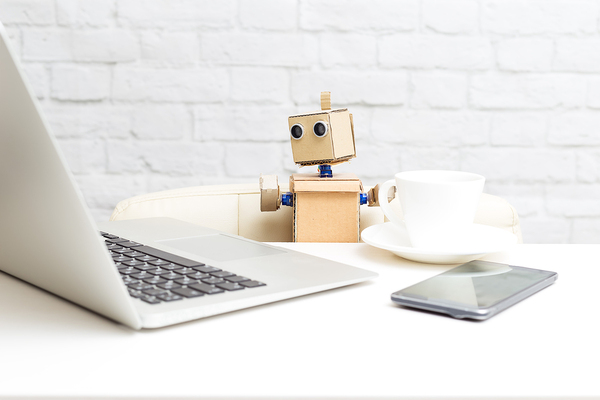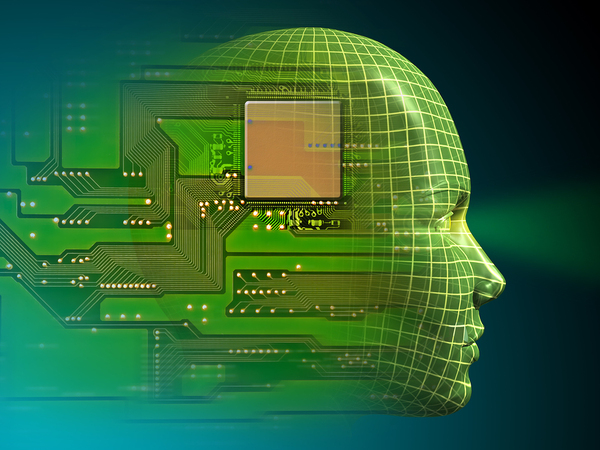Workplace automation may seem anxiety-provoking to many people: The fear that robots could perform tasks that humans now do raises the specter of widespread unemployment.

While people may fear robots eventually taking their jobs…
But automation and its associated phenomena — artificial intelligence (AI), machine learning (ML), and big data — may have widespread benefits across workplaces. They can free individuals from boring and repetitive tasks. They can make tasks like data-mining and research much less time-consuming, and open spaces that take more initiative and creativity.
Automation: Making Us Better, Making Themselves Better
A recent article in the MIT Technology Review hypothesizes that many people have the static “they will come for your jobs” view because the role of automation in customer service is their handy model of how automation has worked. Chatbots are now answering many customer service questions that human customer service reps once handled. It’s a closed model, with the chatbot standing in for the human and fielding the questions in approximately the same way.
For more on automation, see:
- Automation and the Future of Jobs
- Podcast: Michael Moe, GSV — Ideas and Investments
- How Artificial Intelligence Affects Business Outlook
But ML is evolving. In the future, it is much more likely that intelligent automation will work as a helper to knowledge workers, the Review attests. In Paxata software, intelligent automation is used to eliminate legacy approaches in data preparation and accelerate self-service data preparation projects. AI, ML and big data will work together to advise human workers how to perform more productively in real time, or work to tell them when an upgrade would be helpful, for example. Instead of a closed model, the interaction of humans and automation will be dynamic, with an interplay between the two, rather than a zero-sum replacement.
Does this raise the specter of machines that will monitor employees? Well, yes, it does. But importantly, the machines can also be taught to monitor themselves. They can review their own algorithms and procedures, with an eye to improving them. The article believes, for example, that an ML system that has been taught to sort and classify emails pertaining to customer service might teach itself how to sort and classify human resource documents evaluating employees as well.

…automation is far more likely to function as an intelligent helper than a replacement.
Where to Deploy Automation?
The goal, whether automation is monitoring human employees or itself, will be to eliminating as much time-consuming, tedious work as possible from the workday.
A recent report on automation from PricewaterhouseCoopers notes that organizations should identify pain points of tedious work first when making business leadership decisions about where first to deploy the tools of automation. All too many organizations focus on the type of AI or ML, or the data to be crunched in big data. Instead, try to identify where all the tools of automation technology would be best used by asking employees which tasks take them the longest for the least reward.
One example comes from a realty company that reviewed real estate investment trust (REIT), using more than 1,000 spreadsheets. Analyzing a REIT’s income and assets is complex, and the analysts were using ledgers and reports from a diverse array of sources.
Ultimately, automation was able to take over 98% of the tasks, letting humans make the final determination on the data crunched for the remaining 2%.
The lesson? Automation can work with and free human workers, not simply be a replacement for them.
Citations
- https://www.technologyreview.com/s/612185/the-bot-that-loved-me-how-intelligent-automation-will-improve-our-jobs-and-our-companies/
- https://www.pwc.com/us/en/services/consulting/library/unlocking-automation-value/business-processes.html?WT.mc_id=CT11-PL1000-DM2-TR1-LS4-ND30-TTAT2-CN_xLoSAutomation-MIT-business&eq=CT11-PL1000-DM2-CN_xLoSAutomation-MIT-business
